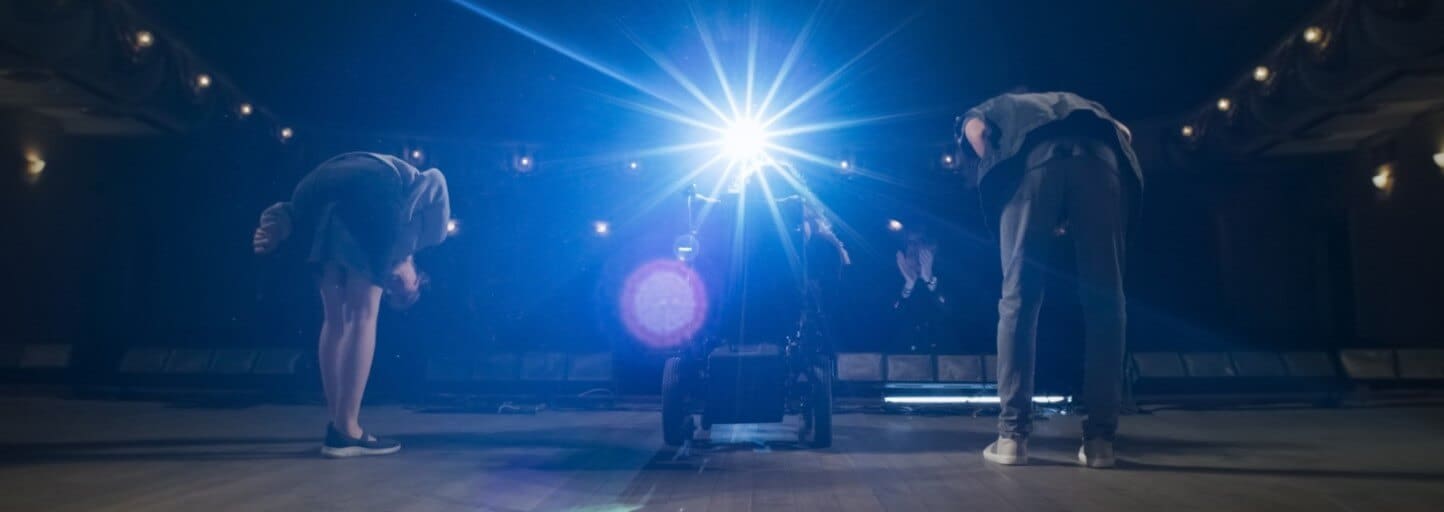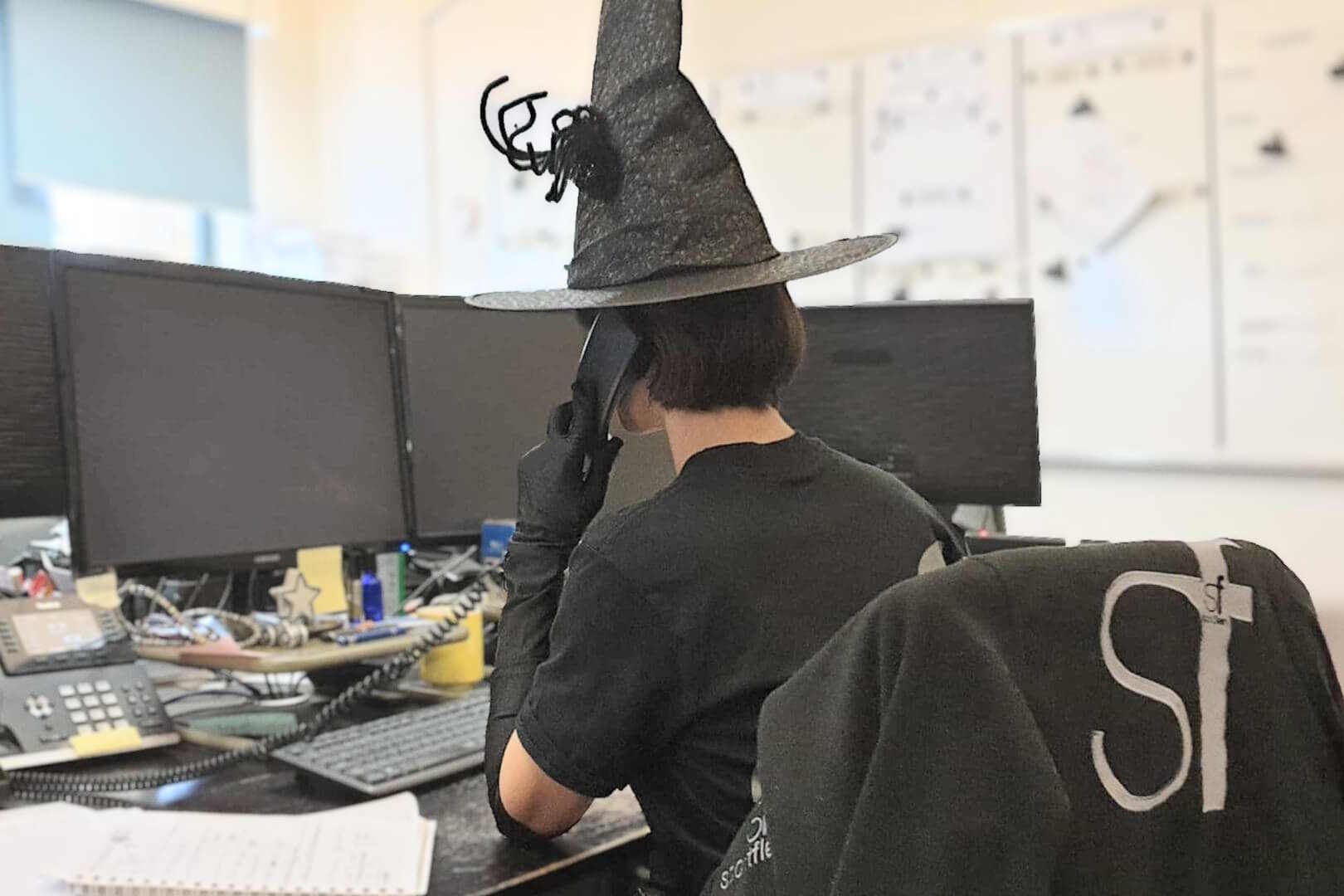From Stage to Screen: The Evolution of Set Design
From Stage to Screen: The Evolution of Set Design
Set design is something we often take for granted today but it has a long and rich history that has been vital to the way that performance has evolved over both stage and screen. Intertwined with the evolution of set design has been the design of theatres themselves and the way this has changed to adapt to everything, from the needs of the audience to the requirements of the law.
Where did it all begin?
In the early years, theatrical performances were normalised by the Romans who created amphitheatres that were designed to maximise the experience for the audience. These semi-circular structures were open air with banked seating and a raised stage. Set design was minimal at this point. Fast forward to Medieval times and performance often happened on temporary stages that had been set up in halls or barns by travelling performers. This period also saw the beginnings of open air theatres, such as The Globe in London, that used natural daylight as its lighting tool and, again, required minimal sets.
Theatre and the law
It was during the 18th century that ‘drama’ began to be more tightly censored and only specific theatres were licensed to host performances. ‘Legitimate theatre’ had to be performed in patent theatres, which had a licence. Pantomime, ballet, opera and burlesque all fell outside the definition of legitimate theatre at this point in time. It was also from this time on that safety became a major factor in theatre and set design. In 1794 the Drury Lane Theatre introduced the first iron curtain – a protection against fire – that eventually became a legal requirement and influenced the set design behind it.
The centuries of expansion
The 1880s to WWI are widely considered to be the heyday of theatre building with more than 1,000 professional theatres operating in Britain. Hydraulic powered stage machinery started to provide for more innovative set design and shows had increasingly ambitious special effects. This was also the point at which backstage areas began to be used to house the machinery for these on stage effects. After WWII there was funding for theatre and arts projects – the Arts Council was established in 1946, for example – and many theatres became protected buildings. Funding is still a contentious issue today with many arts organisations only surviving through the creation of funds like those from the National Lottery.
From stage to screen
In the early 20th century there were mass closures of theatres and music halls thanks to the early days of cinema. However, because they were so ideally designed for the purpose, many old theatres were soon refurbished and became the first cinemas. At this point set design was no longer required for those establishments – but had become a vital part of the burgeoning film industry that supplied the cinemas with their content instead.
Set design has evolved considerably over time – as have the theatres that housed it in the early years – and today it is a vital part of performance on both stage and screen.
Still Have Questions?
Our friendly team is here to help you out.

